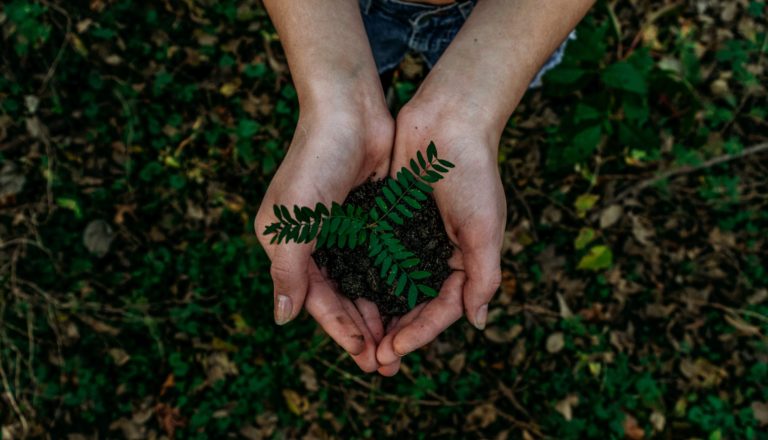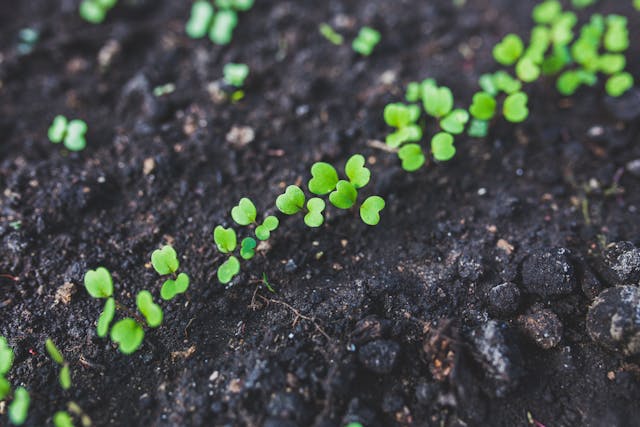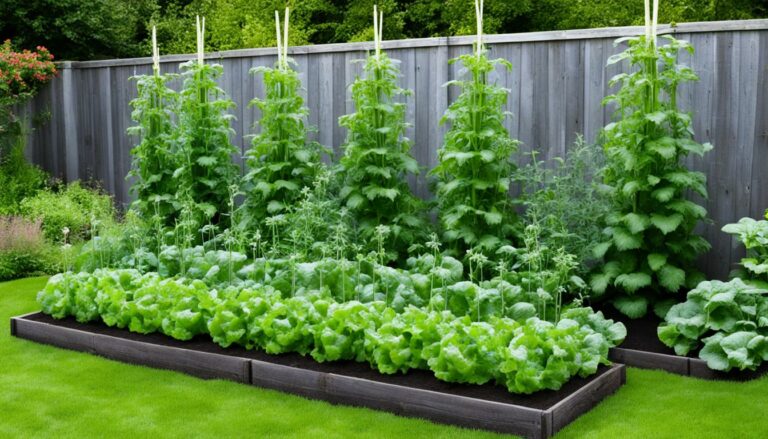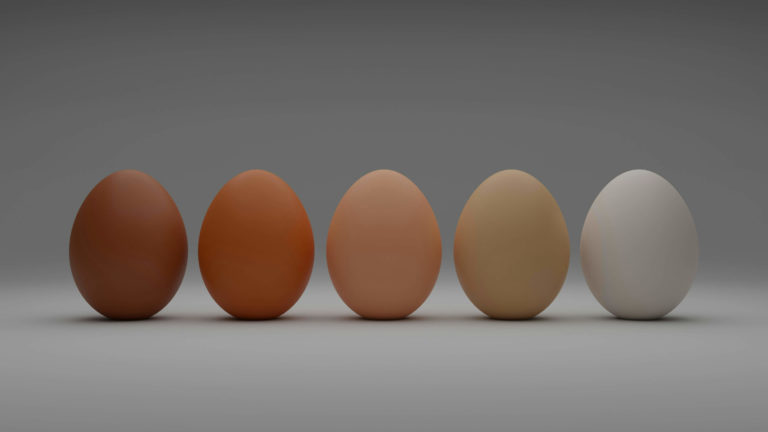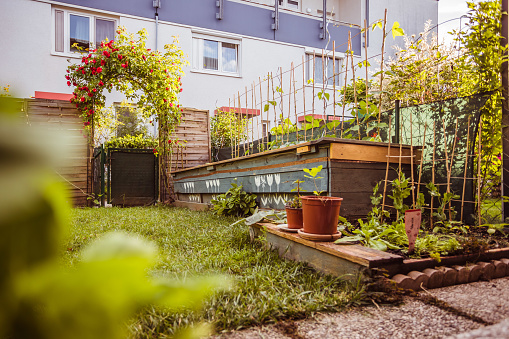Green Your Garden with Green Watering
Green watering does not mean using green water to water your plants. Imagine…
Green watering is actually a nifty little technique that involves using rainwater to irrigate your plants and shrubs, rather than relying solely on your regular tap water.
This not only helps conserve your precious water, but it also ensures that your garden is receiving high-quality, chemical-free hydration that is perfectly suited for all things natural aka your garden!
As we all know, water is one of our most precious natural resources; without it, nothing could survive. By the year 2050, it is projected that the world will demand 55% more water than it does today.
If you’re a gardener that has a limitless supply of water, consider yourself extremely fortunate.
If you don’t have this, don’t give up. You have options that will help you preserve water and keep your plants lush.
Watering the Slow and Safe Way
Drip irrigation: Using a pipe or hose with little holes to drip water that will gradually seep into the roots of the plant.
** Plant plants with similar watering needs together
** Use compost or mulch to insulate the water and prevent drainage.
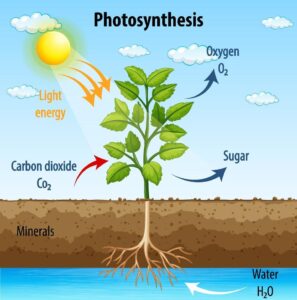
Collecting the Rainwater
[/et_pb_text][et_pb_text admin_label=”Using plastic barrels” _builder_version=”4.8.1″ _module_preset=”default” custom_padding=”||23px|||”]
One of the best things you can do for your garden, is to be prepared for hot days and no water.
Always have barrels ready to collect water incase of heavy rains.
The best type of barrels would be large plastic drums that have been made for collecting water. The initial investment is well worth it, just bear in mind that they are large to transport and set up, so think carefully about where you are going to set them up at home.
Keeping the Bugs Out
You’ll likely wish to cover the top of the barrel with a screen of some type to filter out any unwanted leaves or insects that could fall off the roof of your home.
Image: rainwater in a barrel
Before allowing them to fill, decide where will be most beneficial to set them. Once they are full, they are heavy and next to impossible to move.
Commonly during rainfall, there’s one corner or segment of the roof that rain tends to pour off of. If you’re taking the easy approach to barrel placement, simply put the barrel under all the places where you see large amounts of drips. or run off.
But, while this could be the simplest way to place them, you won’t see really high volumes of rain in the barrels. But, this is a perfect example of green watering. It’s a natural, and good for the planet.
Get-creative-gutter-system.png” alt=”Creative gutter system on the wall to direct water into a barrel” title_text=”Get-creative-gutter-system” admin_label=”Image – get creative with your guttering” _builder_version=”4.8.1″ _module_preset=”default”][/et
For better results with green watering, get creative with the gutter system of your house.
Remove each individual gutter section and place it at a really slight slant so that all the water is diverted to the closest corner of the house, you may place a rain barrel at every corner. Your entire home will become a catcher for the rain, and you can maximize the water that the rain barrels catch.
After a strong rainfall, every individual barrel likely won’t see very much rain. If it looks like it won’t be raining more any time soon, it’s a great idea to empty each barrel into one main barrel. Seal it and save it, for whenever you might need it.
Then the next time it begins to rain, you’ll be able to promptly put all your catching barrels into place without having to lug around all the water you’ve amassed so far.
Grey Water
Another option is to collect your grey water.
During Cape Town’s massive water crisis from 2016 – 2018, people were limited to water usage so they had to find alternate ways of watering their lawns and plants. The best way was to use grey water. As water inside the homes was also limited, the residents needed to shower (no bathing allowed) and place buckets in the shower to collect the water.
This could then be used to water the plants. To be safe, use organic products in your home so that you know the plants that you eat won’t be absorbing harmful chemicals.
Grey water is essentially any water that has been used in your home for non-toilet purposes, such as from your shower, bathtub, or washing machine.
- While grey water may contain some small amounts of soap, dirt, or other household contaminants, it can still be a valuable resource for watering your garden. Even if it’s only the grass that you choose to use it on.
- Before using grey water in your garden, it’s important to take proper precautions to ensure that the water is safe for your plants and the environment. This may include using a filtration system or avoiding the use of certain cleaning products that can harm your garden.
- When using grey water in your garden, it’s best to apply it directly to the soil around your plants rather than spraying it directly onto the leaves or other above-ground parts. remember that using grey water is actually ‘green’ watering.
Being conscious about what you do at home, can save an unbelievable amount of water.
At the same time, you will be making a difference to the planet. Imagine if we all made the effort to do the same?

